Longmont Housing Authority Board Meeting, Nov. 10, 2025
The meeting covered a lot of ground: operational fixes for filling permanent supportive housing units, a proposed shift from a static waitlist to a coordinated referral model, possible staff access to city-subsidized child care, updates on several development projects, financial and voucher status, and new approaches to meth contamination remediation that are already saving time and money. The conversation was practical, detail-oriented, and focused on removing barriers so residents can move in faster and staff can manage properties more efficiently.
Table of Contents
- Why change how The Suites fills vacancies?
- What a coordinated referral model looks like — and why it works
- Implementing the switch: policy, practice, and protections
- Employer-based child care: a staff benefit and recruiting tool
- Development pipeline — where new units are coming from
- Operations: occupancy, property issues, and resident services
- Budget and voucher updates — reading the fiscal tea leaves
- Meth contamination: detectors, remediation, and a big shift in approach
- Practical property management takeaways from the meeting
- Strengthening partnerships and community coordination
- Where things go next
- Frequently asked questions
- Closing summary
Why change how The Suites fills vacancies?
The Suites is Longmont’s permanent supportive housing property with 82 project-based voucher units. Filling vacancies there has been painfully slow under the traditional waitlist process. The staff described a routine problem: applicants on the waitlist are often transient, lack stable contact information, and by the time the housing authority reaches them they are unreachable. When an admissions packet goes out the housing authority must wait 14 days for a reply before moving on — a window that effectively freezes the vacancy process.
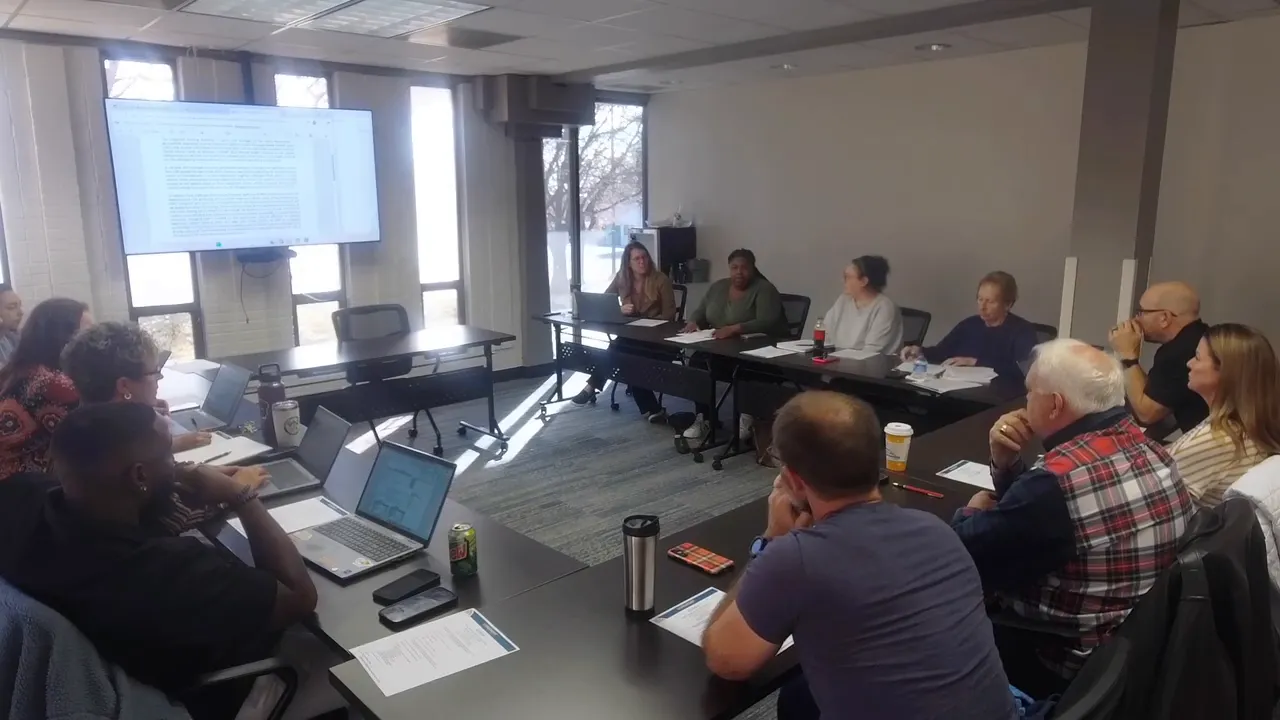
That delay has real financial consequences. Vacancy days equal lost fixed revenue, and low response rates create long stretches where units sit empty despite there being people in the system in need of housing. One recent outreach produced a 2.9 percent response rate. The core issue is structural: the current tenant selection policy requires exhausting a paper waitlist before a reopen. When turnover is low — which is a good thing for tenant stability — the list cannot be processed fast enough to keep vacancies from accumulating.
“We have to exhaust it before we can open the waitlist again.”
That line sums up the friction. Rather than expanding the waitlist, the solution the staff recommended is to change the intake pathway altogether for these units: move from a slow paper-based waitlist to a referral-based approach using the county’s coordinated entry and local case conferencing systems.
What a coordinated referral model looks like — and why it works
Instead of relying on the housing authority to chase down hard-to-reach applicants on a static list, the proposed process invites partner agencies to refer clients who are actively engaged with case management and ready to accept housing right now. Those partners already handle outreach to people experiencing homelessness and can provide up-to-date documentation, assist applicants in completing admission packets, and follow up quickly.
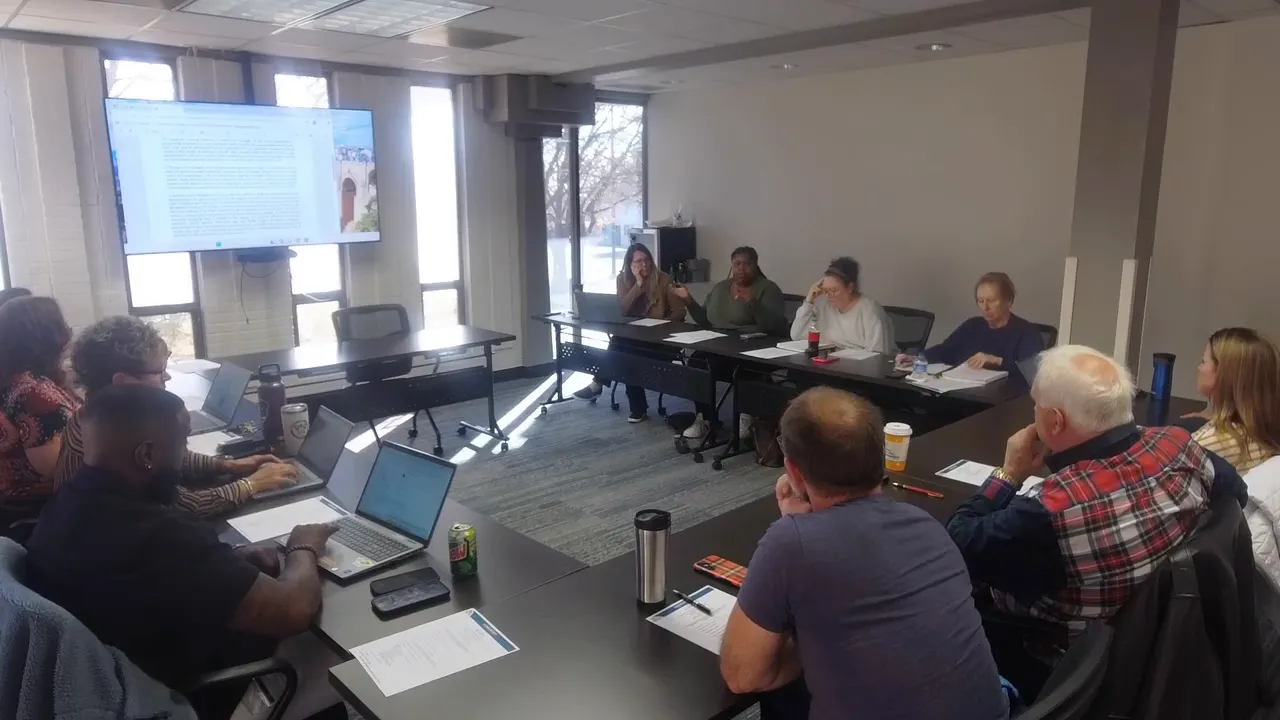
Staff pointed to a successful model already in use for locally funded vouchers (the LRA program). In that model a partner agency typically responds in about two days with a match. Housing staff then send the admission packet and receive it back in roughly seven to ten days because the agency helps the applicant gather identification documents, social security records, proof of income, and other required materials. The net effect: vacancies are filled faster and new tenants arrive with an existing support network in place.
“When we get a referral, it’s going to put us directly in contact with someone who’s interested in exiting homelessness right then at that moment.”
The benefits are operational and human. Operationally, referral matches reduce vacancy days and paperwork friction. Humanely, they pair people with case managers who help them navigate benefits, appointments, and follow-through during the transition into housing. It is a more holistic, coordinated approach to permanent supportive housing admissions.
Implementing the switch: policy, practice, and protections
Shifting from a waitlist to a referral pathway requires amending the voucher administrative plan and the tenant selection plan for The Suites. Several practical considerations surfaced in the discussion and should be built into any implementation checklist:
- Exhaust the existing waitlist first. Staff committed to working through the current list (134 names remain with only four responses after outreach) before turning on referrals, ensuring the housing authority follows regulatory requirements and preserves fairness for applicants already in the system.
- Adopt clear MOU language with partner agencies. Define referral criteria, expected turnaround times, and what documentation agencies will supply.
- Preserve applicant protections. Maintain nondiscrimination policies, reasonable accommodation procedures, and dispute resolution paths for applicants who feel overlooked or disadvantaged by a new process.
- Track performance metrics. Key indicators should include vacancy days, admissions time (days from match to move-in), referral response times, and tenancy retention at 6 and 12 months.
- Maintain transparency with the public. Publish the revised tenant selection plan and explain how the referral model improves access for people experiencing homelessness while ensuring fairness and transparency.
These are practical steps that balance speed with accountability. Done well, the referral model can dramatically reduce time-to-occupancy while strengthening partnerships across the homelessness response system.
Employer-based child care: a staff benefit and recruiting tool
Staff raised a new partnership opportunity: a city-funded employer-based child care program run by TLC. The program is already paid for by the city for its employees, and the question for the housing authority is whether to participate so LHA employees could access the same subsidized slots.
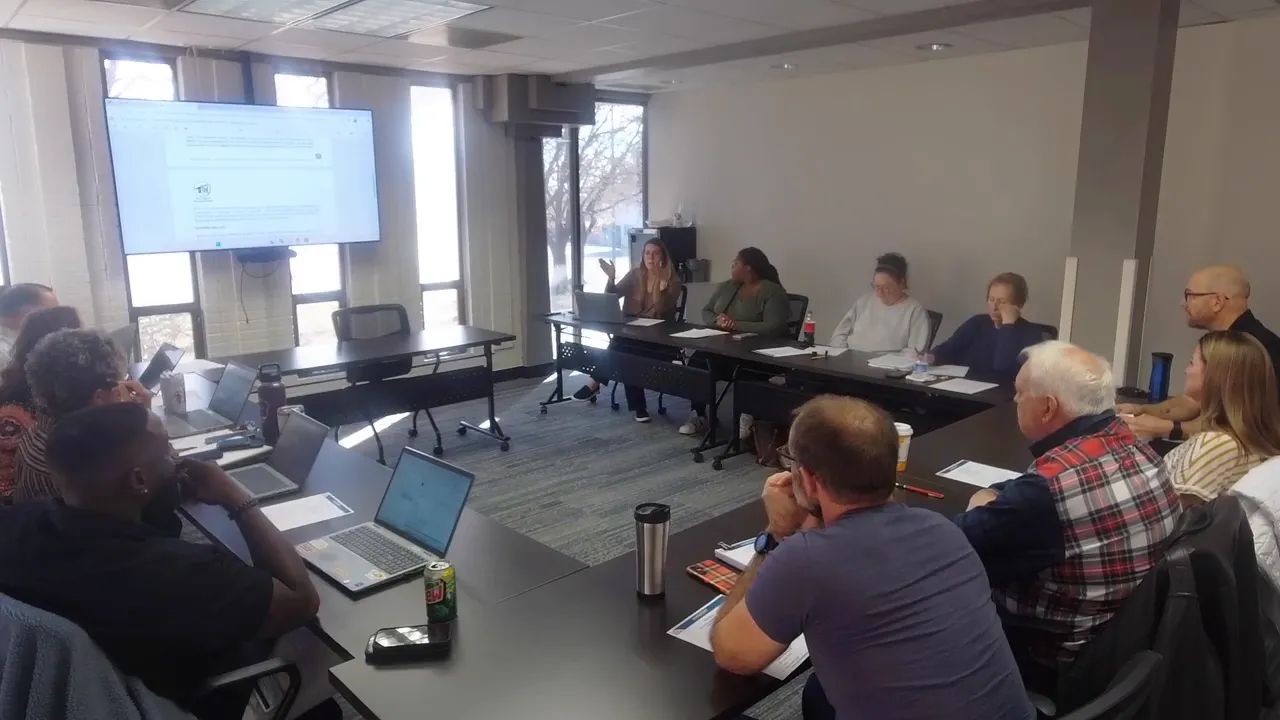
Early numbers suggest the housing authority’s commitment would likely be modest in the first year — perhaps $20,000 to $30,000 depending on demand. A few operational details were shared:
- Program hours are likely to follow TLC’s standard schedule. In one tour staff observed a 7:30 a.m. to 4:30 p.m. schedule, with other sites reporting extended hours like 7:30 a.m. to 5:30 p.m.
- Pricing is tiered by attendance: five days per week, three days per week, etc. Someone referenced monthly prices in the range of $1,400 to $1,800 depending on the schedule, with possible discounts for certain arrangements.
- Operators matter. Building a facility is one thing; staffing and operating high-quality child care reliably is another. The housing authority would need to evaluate whether TLC or another operator would fit the needs of employees, and also consider whether there is long-term funding to sustain the slots.
Board members also briefly raised a broader idea: could future childcare planning include adult daycare or intergenerational models? That idea would require a different operator and funding stream, but it highlights how cross-sector facilities can serve multiple community needs if designed and operated carefully.
Development pipeline — where new units are coming from
Development updates showed a healthy pipeline of projects at different stages:
- Ascent — Construction is running ahead of schedule and is due to finish earlier than anticipated in December. Transition-to-operations work is underway so move-ins can begin shortly after the new year. The team is coordinating marketing, lease-up, and childcare transition logistics.
- Atwood Commons — A private affordable housing developer, Brickwell, secured tax credits for a project where the housing authority will serve as a special limited partner and property manager. Closing is expected in mid-2026, with an opening projected around 2028. Tax credit timing and partnership structure mean LHA cannot be the general partner on this round, but the association still provides a management fee and a small special limited partnership fee.
- True North and Vertical — Phase one of True North is going vertical; several phases remain. There’s a pipeline of applicants, and the project includes a city partnership that preserves some employee set-asides. The team is tracking which funding sources align with which future projects, and whether to sequence one or multiple projects based on timing and available capital.
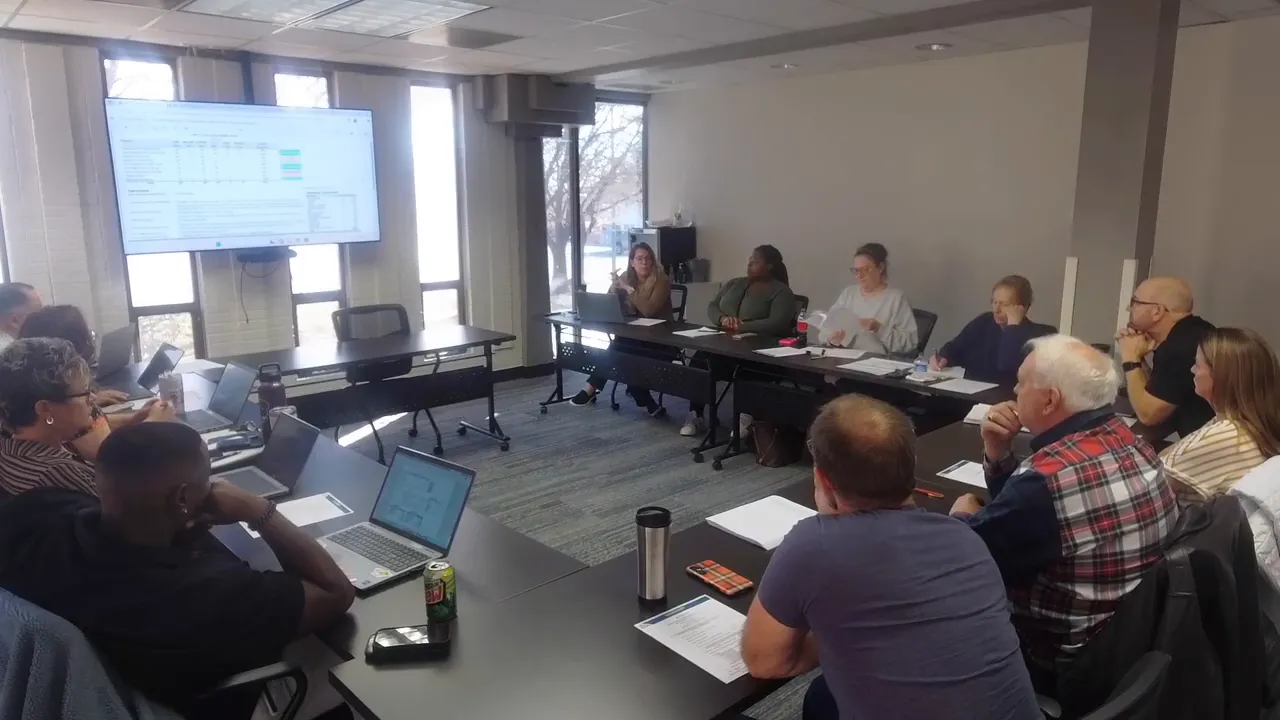
These projects demonstrate two important things: first, development activity is ongoing at multiple scales; second, timing and funding structure critically determine whether the housing authority participates as owner, manager, or partner. LHA is positioning itself to re-enter general partner opportunities as tax credit program rules permit.
Operations: occupancy, property issues, and resident services
The operational pulse was upbeat in many areas and challenging in a few:
- Occupancy: Several properties are full or close to full — Aspen Meadows neighborhood is 100 percent occupied and Briarwood is 100 percent occupied. Managers are actively qualifying applicants and scheduling move-ins.
- Move-outs: The biggest reasons for move-outs were relocation (moving with family, out of state), and expected mortality at senior properties. Evictions were relatively limited and concentrated at one property, Zinia, where stabilizing a new-build property with high needs has been a challenge.
- Maintenance projects: The Suites recently completed elevator installation and awaits inspection to put the elevator into service. The hotel-style suite doors will be replaced with hardware that does not require staff to unlock doors frequently, with work scheduled to begin in December.
- Payments and technology: Yardi online payments have been rolled out at several sites, with some residents using autopay. The platform provides a new payment channel while still allowing traditional money order or check options.

Staff also emphasized stronger communications with residents, more transparent timelines for major projects, and clearer expectations around when units are shown and when they are available. Managers are encouraging showing units earlier in the notice period so marketing and leasing can start as soon as a 30-day notice begins, rather than waiting until a unit is empty and renovated.
Budget and voucher updates — reading the fiscal tea leaves
Financially the housing authority is navigating typical and predictable pressures: vacancies, unbudgeted repairs, and voucher program participation fluctuations. A few details to note:
- Vacancy assumptions: The proposed budget used a 4 percent vacancy assumption. Managers noted that more proactive signposting and earlier marketing can reduce vacancy days, but some sites regularly face longer market times for certain unit types.
- Insurance and unexpected costs: Certain properties (like the one hit by fire) have had significant unplanned expenses. The fire resulted in relocation and rebuild costs, although insurance proceeds will offset most of the claim after the deductible. The accounting presentation separates insurance receipts and expenses for clarity, although auditors net them for the formal financial audit.
- Accounts receivable: A few older tenant balances remain — the largest amounts were at AMN and The Suites. Management has collection processes and the authority to write off small balances; larger write-offs go to the board for approval.
- Voucher program and HUD reporting: Voucher participation numbers affect monthly HUD funding. The team is tracking participation closely, has reduced their utilization in some months, and is addressing missing payments from partner agencies that are due. HUD’s reporting methodology (voucher month vs. GL month) requires careful reconciliation.
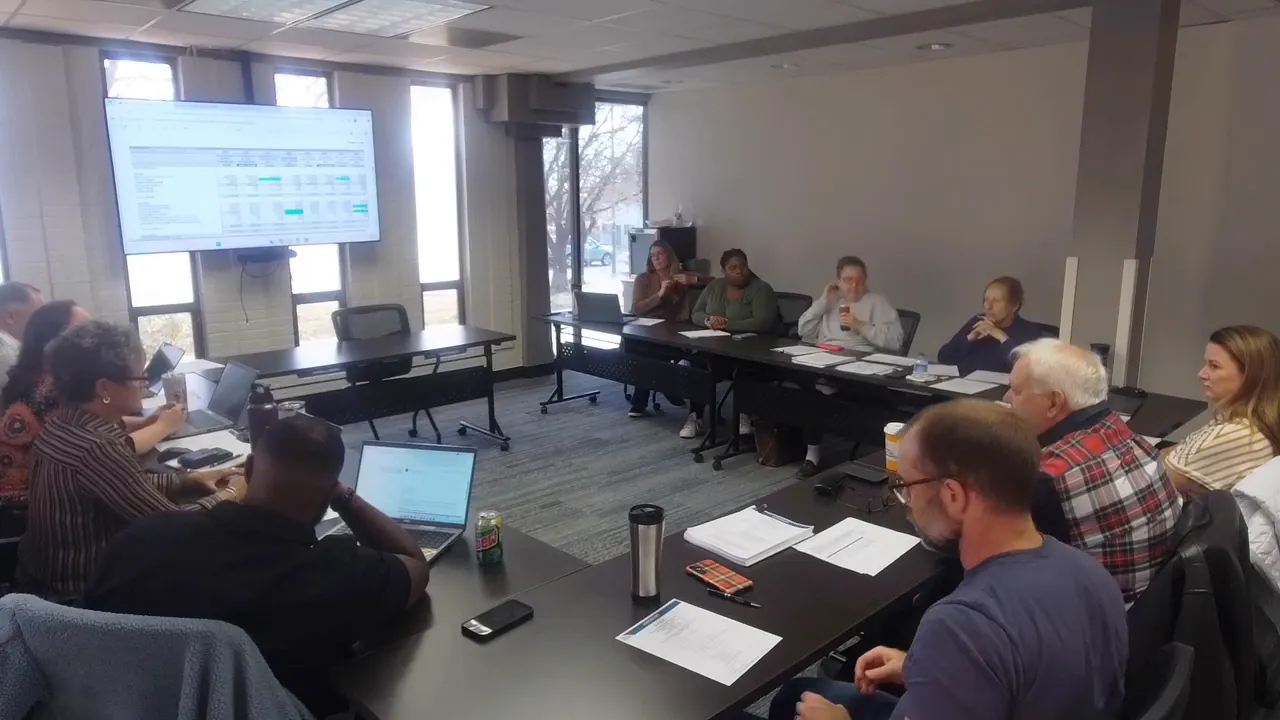
One operational point that surfaced: when units go on notice, property managers can begin marketing before a unit is physically vacant. Doing so shortens turnaround time, especially when floorplans and virtual tours are available to prospective tenants.
Meth contamination: detectors, remediation, and a big shift in approach
Methamphetamine contamination has been a recurring challenge for many housing providers. Historically, contaminated units often required gutting, down-to-the-stud rebuilds, and long offline times — expensive and disruptive outcomes. The housing authority has been piloting a different approach that blends targeted testing, sensitive meth detectors, and new remediation techniques that let units be cleaned rather than always demolished.

Two operational changes are already making a difference:
- Meth detectors: The authority is installing about 75 detectors across properties. These sensors do not trigger an audible alarm; instead they generate email alerts to property staff so management can check levels and decide on follow-up actions. The system will be monitored regularly and integrated into operations so staff receives notifications and can respond within an hour or so when needed.
- New remediation vendors and chemical processes: The team connected with vendors (for example, 70 Services working with an industrial hygienist named Scott) who use cleaning products and processes that can remove meth residues from many surfaces without full unit demolition. The chemicals are produced locally by a company in Broomfield and have been validated in practice to clean porous and non-porous surfaces effectively in many cases.
Technical details matter. Thresholds are used to determine active smoking versus incidental contamination. Staff cautioned that one can pick up incidental readings from environmental exposure (for example, someone smoked outside then walked into a unit), but high levels typically indicate active use and require prompt remediation.
Practical management changes included switching detector batteries from AA to longer-lasting C cells and developing lease addenda that describe detector presence, responsibilities for access to change batteries, and remediation policies. Importantly, the housing authority emphasized prevention and early detection rather than eviction as a primary response. If contamination is found, the priority is to remediate and return the unit to safe use rather than default to expensive rebuilds that strain limited budgets.
“We finally have something that’s at least working and promising — we’ve been talking about this for five years.”
The takeaway is that a science-based, vendor-tested approach to meth remediation can reduce downtime, lower costs, and help keep units available for people who need them most.
Practical property management takeaways from the meeting
Several concrete lessons and opportunities emerged that any property team can apply:
- Start marketing at notice. When tenants give 30-day notice, begin outreach immediately. Early marketing reduces downtime and creates a pipeline of prospects ready to view or move in once the unit is ready.
- Use virtual tours and floorplans. Where showing a physical unit is tricky, high-quality photos, floorplans, and virtual walkthroughs can help prospects envision the space. The authority is budgeting for a vendor to take pro-level photos and virtual tours next year for key properties.
- Make partner referrals routine. For supportive housing units, bring referral partners into the selection process so applicants arrive with case management and current documentation. That reduces back-and-forth paperwork and speeds move-ins.
- Leverage technology for payments and tracking. Yardi auto-pay and online portals reduce friction for rent collection, and integrated case notes and maintenance workflows give property staff better tools to manage behavior and needs.
- Prioritize durable materials in new builds and rehabs. Building with less porous finishes and more resilient flooring reduces remediation burdens if contamination issues arise.
Strengthening partnerships and community coordination
The meeting repeatedly highlighted the value of partnerships: with homelessness response teams, community health providers, private developers, and the city itself. The referral model for The Suites, the TLC child care partnership, management of tax-credit projects with private developers, and connections to remediation vendors all depend on strong partner relationships.
Board members also emphasized communication with residents. Community outreach — coffee conversations and holiday pop-ins — keep lines of communication open between staff and residents and help diffuse tension when controversial issues arise. One resident with a vocal agenda was mentioned; staff and board members worked to keep channels open while maintaining meeting decorum and safety.
Where things go next
Short term, the key deliverables are straightforward:
- Finalize amendments to the voucher administrative plan and tenant selection plan and bring them to the Board of Commissioners for approval.
- Exhaust the existing Suites waitlist and then switch on referrals through coordinated entry partners.
- Finalize any agreement the housing authority chooses to make with TLC so staff can access employer-based child care slots if desired.
- Continue Ascent move-in coordination and operational readiness for childcare components.
- Roll out meth detector installations and standardize the remediation workflow with vetted vendors.
- Monitor voucher participation and HUD reporting closely to stay ahead of shortfalls.
Longer term, the housing authority will continue to refine its role in development partnerships, diversify funding sources for operating subsidies, and build a proven playbook for rapid admissions into permanent supportive housing that other agencies can follow.
Frequently asked questions
What is changing about how The Suites fills vacancies?
The Suites will move from a static paper waitlist process to accepting referrals through Boulder County’s coordinated entry and local case conferencing systems. That means partner agencies that work with people experiencing homelessness will refer clients who are ready to move into housing, and those agencies will help applicants complete admission paperwork, speeding up move-ins and reducing vacancy days.
Why can’t the housing authority just reopen the traditional waitlist more often?
Regulations require housing authorities to exhaust an existing waitlist before opening a new one. Additionally, turnover at The Suites is low (which is positive for tenant stability), so the housing authority cannot process the list quickly enough to justify frequent reopenings. A referral pathway avoids that bottleneck by providing timely, case-managed matches.
How will referrals protect applicants’ fairness and rights?
The authority will amend the voucher administrative plan and tenant selection plan to include referral procedures, publish the changes, and preserve nondiscrimination and reasonable accommodation policies. Memoranda of understanding with partner agencies will define referral criteria and transparency measures to ensure fairness.
How fast can referrals turn into move-ins?
Based on experience with locally funded vouchers, a partner agency typically responds with a match in about two days. Housing staff then send the admissions packet, and with agency support the applicant often returns completed materials in seven to ten days. This dramatically shortens the time from vacancy to occupancy compared to the 14-day freeze and extended back-and-forth under the old system.
What are the costs and hours for the employer-based childcare program being considered?
Initial estimates suggest the housing authority’s contribution would likely be between $20,000 and $30,000 in the first year, depending on participation. TLC’s scheduling and pricing are tiered — for example, five-day and three-day weekly options are priced monthly and staff reported figures roughly in the $1,400 to $1,800 per month range depending on the schedule and available discounts. Exact costs depend on how many employees apply and whether the housing authority funds slots directly or uses another subsidy model.
What is the housing authority’s current financial outlook for vouchers?
Voucher funding depends on monthly participation numbers and HUD’s reporting cycle. The authority is monitoring utilization carefully and reconciling voucher months versus GL months. While some shortfall risk exists if participation spikes, the team is taking steps to reduce exposure and is in regular contact with HUD and partner agencies to ensure payments are issued on schedule.
How are meth detector alerts handled operationally?
Detectors generate email alerts to a set of staff (property manager, maintenance, and others). Staff will monitor alerts hourly as needed and respond by checking portal logs, performing confirmatory testing if required, and initiating remediation procedures. The detectors do not trigger audible alarms; they are a management tool for early detection and response.
Who performs meth remediation and what techniques are being used?
The housing authority has engaged remediation vendors such as 70 Services and consulted industrial hygienists. These vendors use targeted cleaning chemicals and protocols that can often clean contaminated surfaces without full demolition. The authority prioritized solutions that preserve building materials and reduce unit downtime when safe and effective.
Will meth detector findings lead to eviction?
The authority’s intent is remediation and prevention, not immediate eviction. Detectors support an evidence-based remediation pathway. However, severe or repeated contamination could trigger stronger enforcement actions under lease terms. The authority is developing lease addenda and policies that clarify procedures when contamination is detected.
What can property managers do now to reduce vacancy days?
Begin marketing as soon as a tenant gives notice; use online floorplans, photos, and virtual tours to show prospects when physical showings are difficult; schedule inspections early to assess needed turnovers; and work with referral partners where appropriate to speed qualified move-ins.
How does insurance factor into unexpected property expenses?
Insurance proceeds often offset major repair and rebuild costs from events like fires, but accounting may show receipts and expenses separately for operational clarity; auditors net them in the formal audit. Management still needs to account for deductibles and temporary relocation costs that insurance may not cover immediately.
How will the Suites’ elevator and door projects improve resident experience?
The new elevator will improve accessibility for residents once it passes inspection. Replacing hotel-style doors with locks that do not require staff to unlock them will reduce emergency maintenance calls and improve resident independence. Both projects are aimed at lowering service calls and increasing resident safety and convenience.
Closing summary
This meeting reflected a pragmatic focus on removing process friction and aligning resources where they have the most impact. The pivot to referral-based admissions for The Suites addresses a real operational bottleneck and leverages the strengths of case-managed services in the homelessness response system. New remediation techniques for meth contamination and the rollout of sensors offer a promising path to keep units in service and reduce rebuild costs. Development momentum continues with projects like Ascent and Atwood Commons, while careful budget monitoring and voucher management will remain essential.
For additional details and the official meeting agenda, the board materials provide related documents and redlines to the tenant selection and administrative plans.





